A photograph of the region
![]()
![]()
![]()
![]()
![]()
![]()
Italy’s DMCs share with DUCO tips on gastronomy, landscapes, and secret treasures
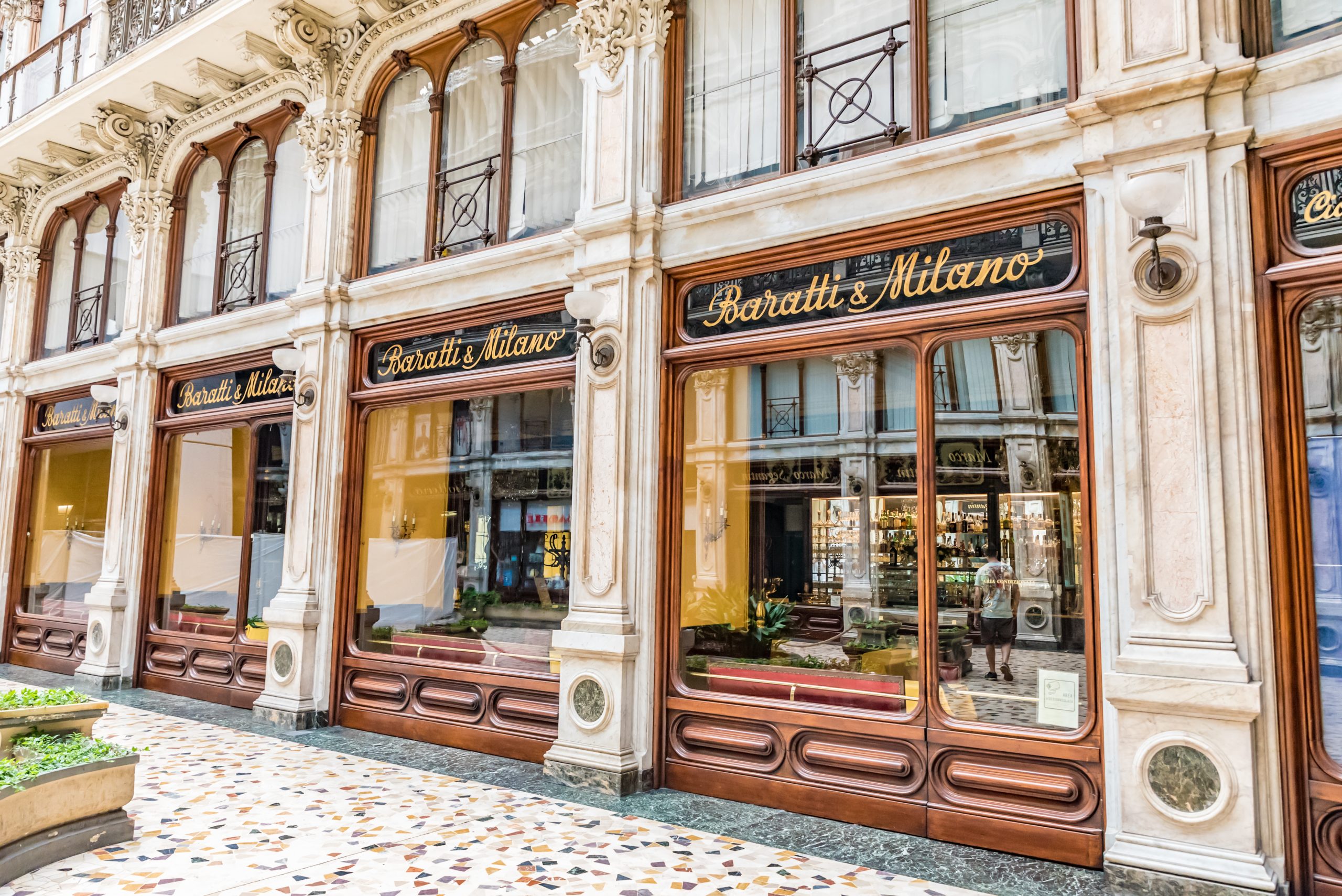
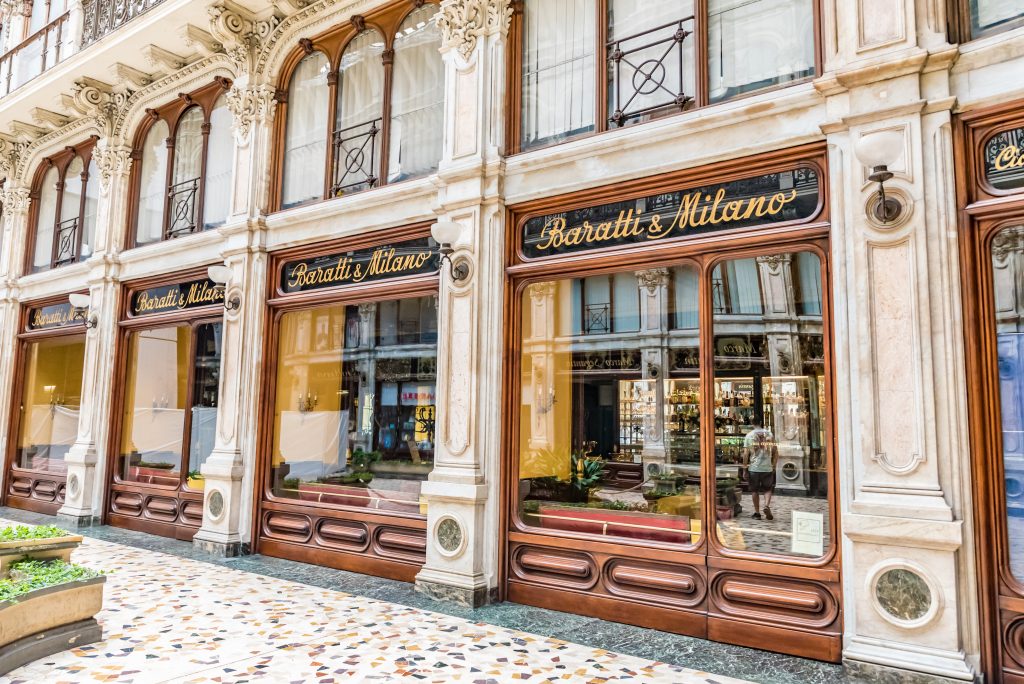
Luxury DMC IC Bellagio makes a tempting proposal for a mid-afternoon snack: traditional coffee and chocolate in one of Turin’s oldest and most famous cafés.
Gastronomic Storytelling:
When visiting Piedmont, a stop in Turin is a must, and not just because it was the first capital of the Regno d’Italia (Kingdom of Italy) in 1861. More importantly, it is the Italian capital of coffee! While strolling through the city looking for a fix, stop by one of the oldest cafes, Caffè Baratti & Milano, serving coffee, tea and more for 160 years. The charming interiors will bring you back in time, and their special, personalized blend of coffee will complete the experience.
Best Enjoyed:
We suggest sipping your coffee while sitting at a table under one of the cafe’s impressive chandeliers. In addition to being coffee professionals, Caffè Baratti & Milano are also chocolatiers and were once nominated as the “official suppliers of the Royal House” when the king lived in Turin. Along with your coffee, make sure to ask for a Gianduiotto: an individually gold-foil wrapped chocolate, made with hazelnuts from the Langhe region and shaped like a gold ingot.
For more information about IC Bellagio, click here.
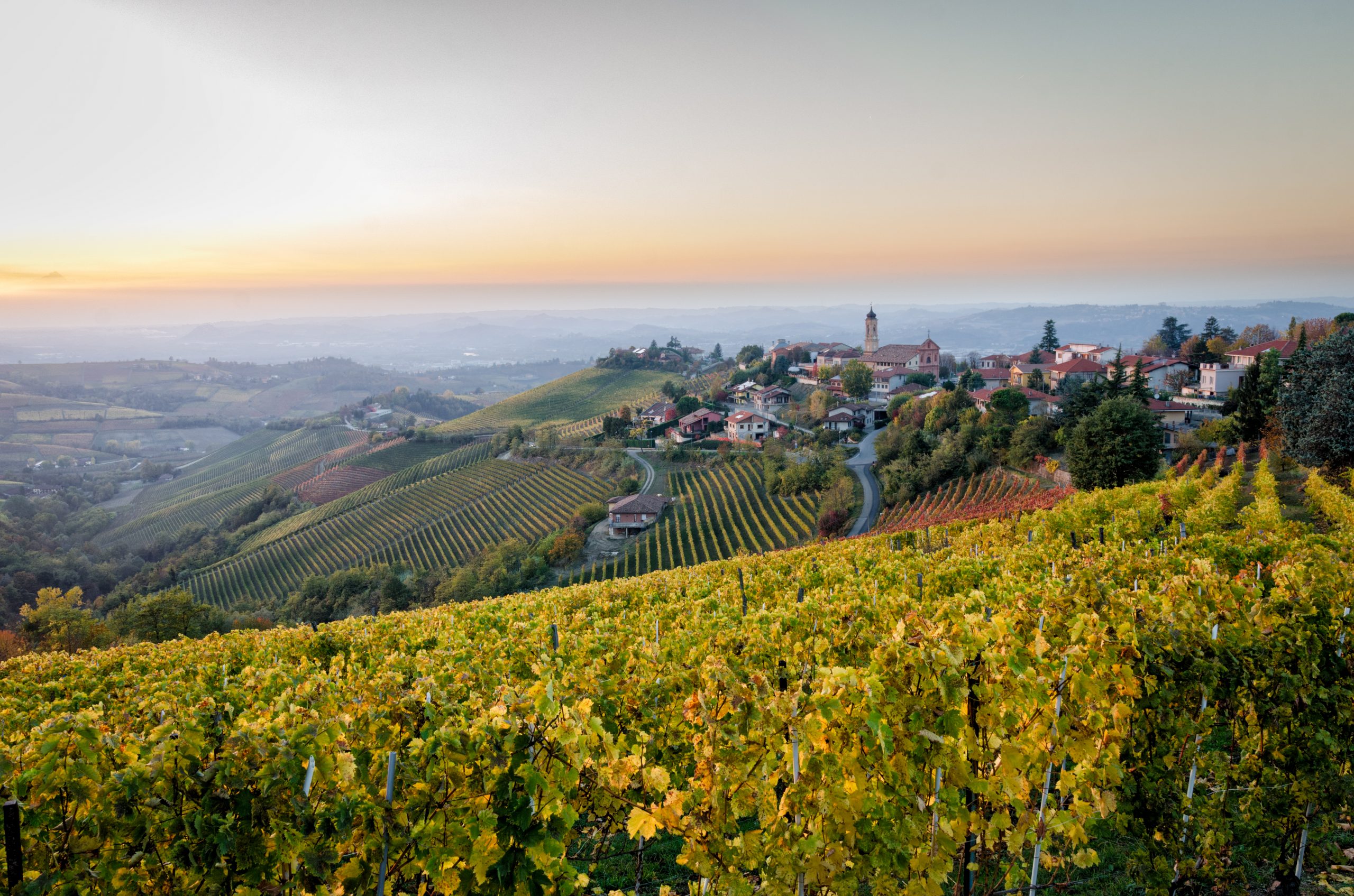
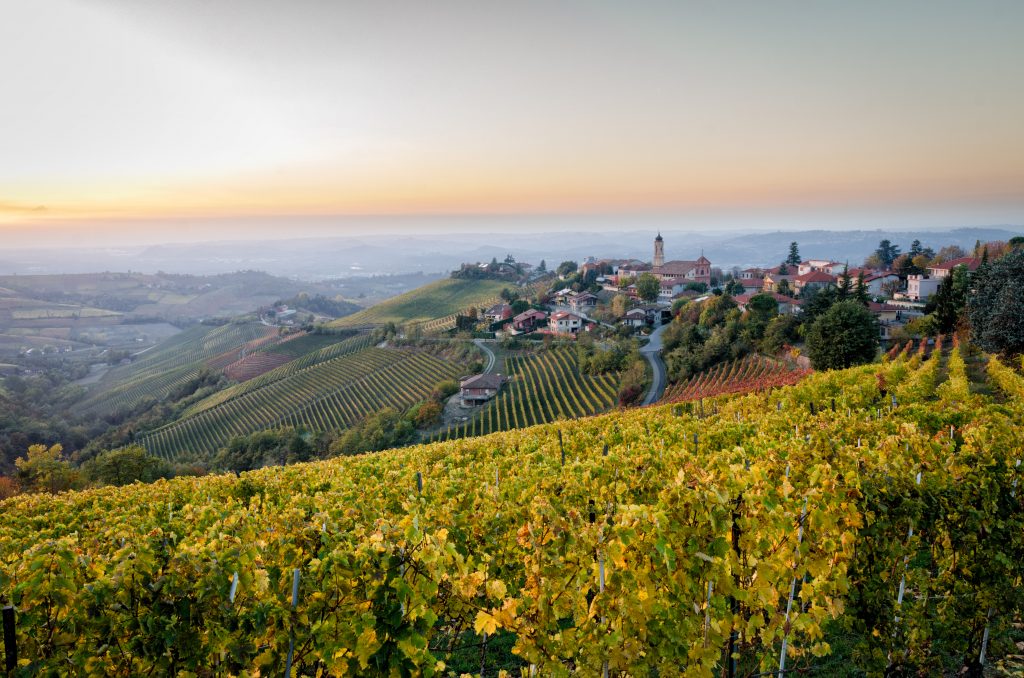
Jennifer Virgilio from luxury DMC Queen of Clubs takes us on a metaphorical ride throughout the Langhe area, Piedmont’s wine country, for a taste of something exceptional.
What makes this region so special?
Le Langhe is a hilly area located in the south of Piedmont, in the province of Cuneo and Asti. It’s famous for its amazing landscapes and an excellent variety of wines, cheeses, and truffles. The Langhe have been included in UNESCO’s World Heritage as a superb living testimony to wine cultivation and winemaking traditions: the endless vineyards rolling across the territory are an outstanding example of man’s interaction with nature.
What role does nature play in the region?
Nature plays a fundamental role in the economy of this region: winemaking is the main business in the Langhe area and it attracts thousands of tourists all year long.
When is the best time to visit?
The best period to visit and enjoy the region is during the harvest, called vendemmia, between the second half of September and the first half of November.
Do you have any particular or special related memories?
I visited the Langhe for the first time in my life quite recently, spending a few days with a friend of mine in a local farmhouse. We really enjoyed the amazing views that can be admired while driving through the gentle hills and visiting cozy villages and lush vineyards to pick up some insider secrets about wine in this area.
For more information about Queen of Clubs, click here.
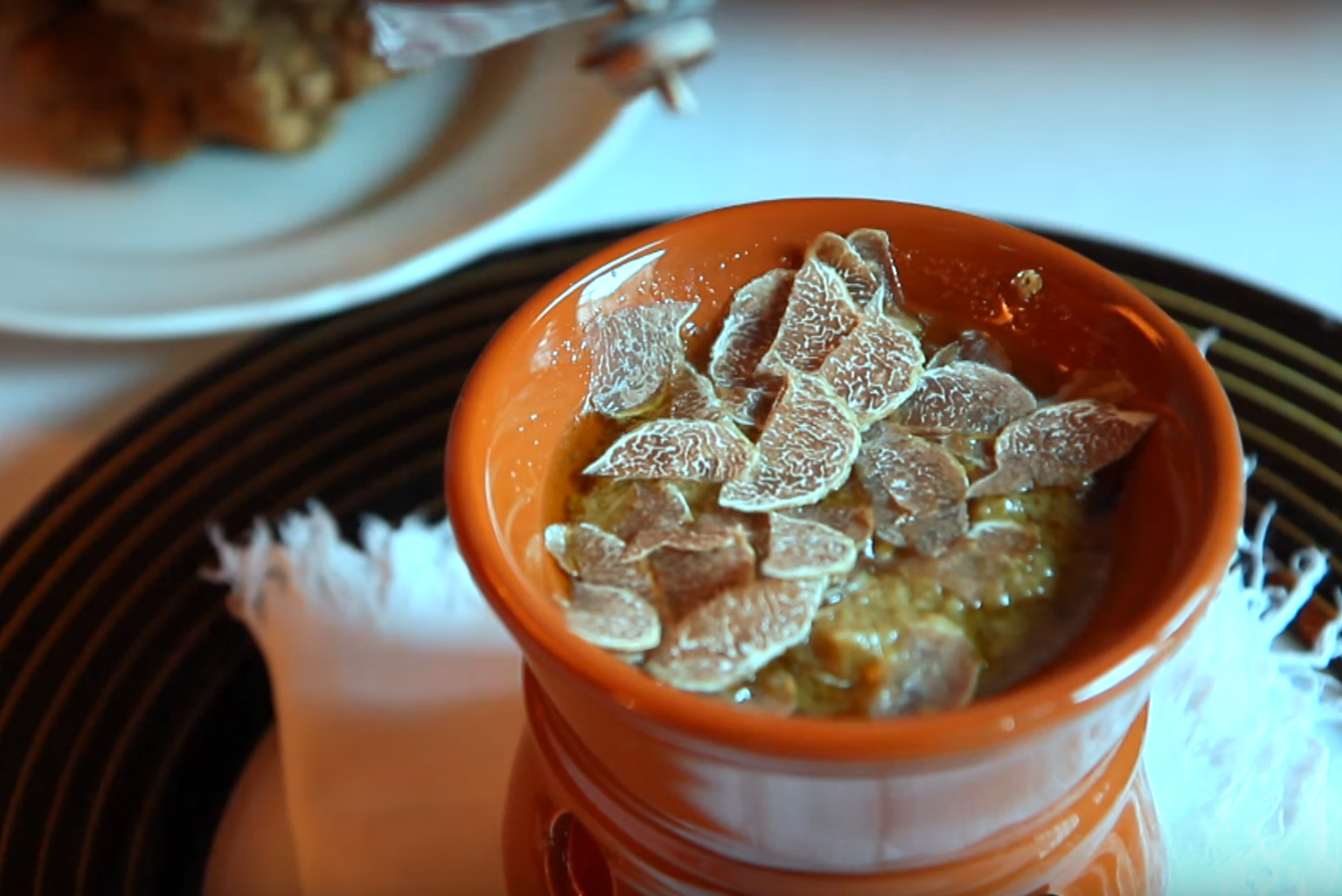
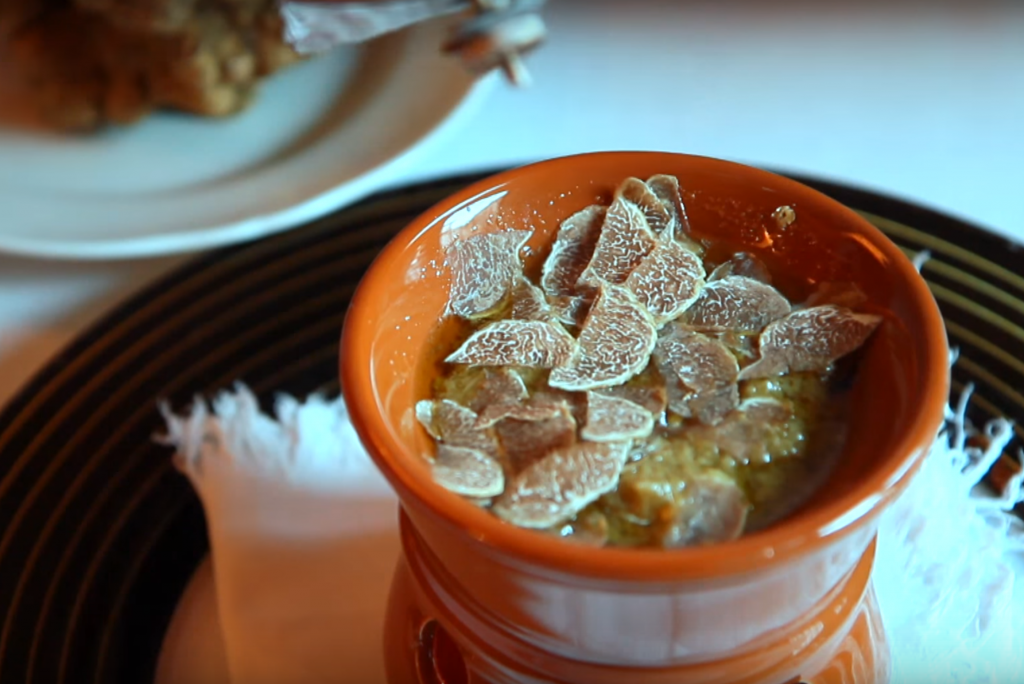
Christian Petruccelli from luxury DMC Bespoqe gives us a taste of Bagna Cauda, a traditional and simple warm dish from Piedmont usually served as the weather turns cold.
Gastronomic Storytelling:
The Bagna Cauda is a festive dish for the fall season. It’s easy to prepare with a characteristic taste that will linger in your memory for a long time. The simple preparation includes just oil, garlic, and anchovies, cooked slowly until they melt together and create a very tasty sauce. The bagna cauda mixture is served in small terracotta dishes placed in the middle of the table and kept warm by the heat of a small candle underneath. Those at the table then dip their seasonal vegetables in the warm sauce to savor the flavor.
Best Enjoyed:
Some say that bagna cauda (literally translated “warm sauce”) was born as a rustic, simple, and enjoyable dish to contrast the elaborate cuisine of the rich and noble. Traditionally, it was a dish consumed during the harvest period and was served to the grape pickers as a reward for their work. Aristocrats allegedly despised the sauce for its abundance of garlic. But today, bagna cauda is certainly a unique addition to a large table surrounded by friends, accompanied by big plates of crunchy vegetables and homemade bread, and washed down with a glass of aged red wine like Barolo or Barbaresco. True gourmands cannot resist enjoying this dish with a generous portion of Alba white truffle.
For more information about Bespoqe, click here.
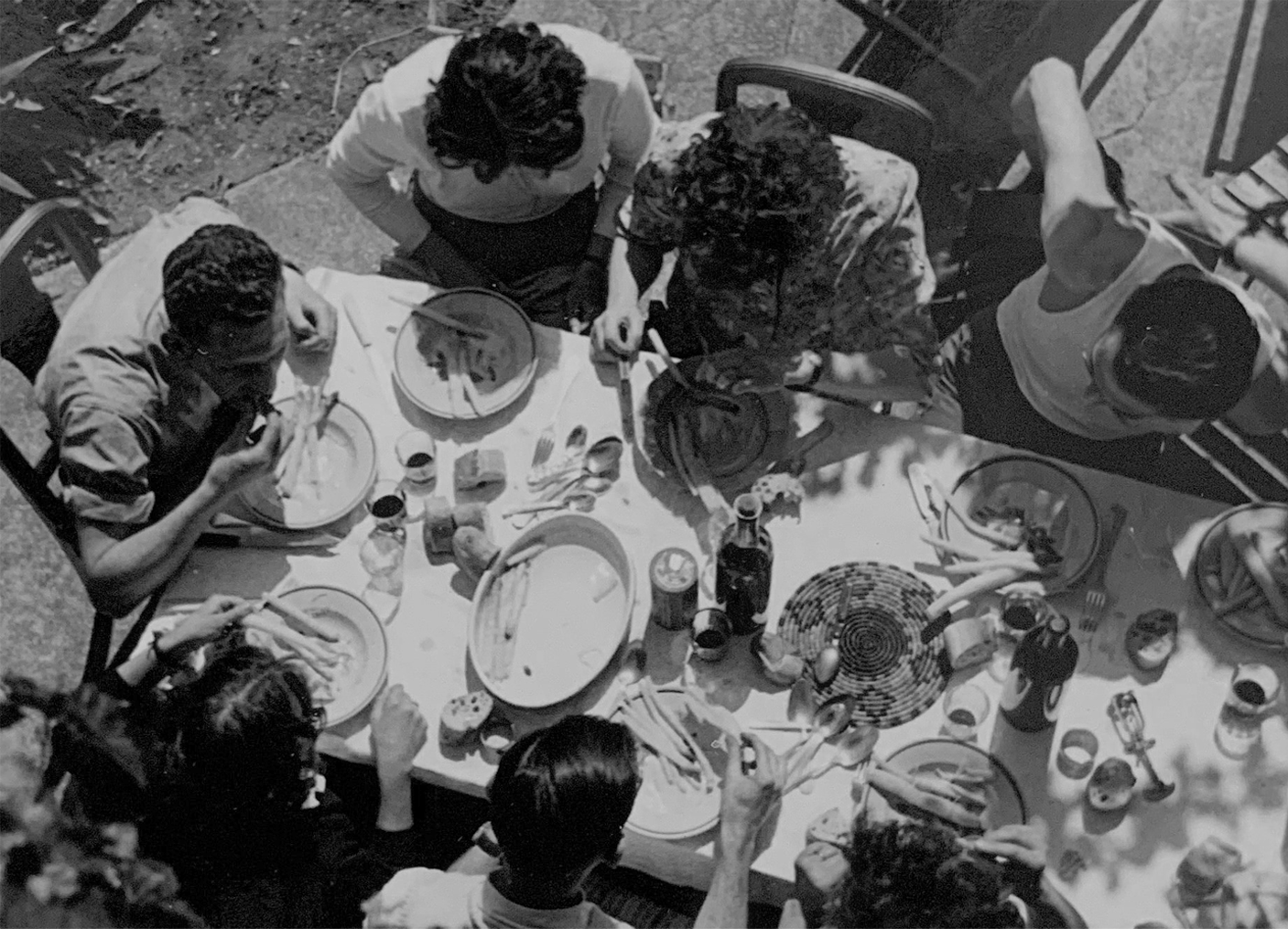
“I think that Piedmont is the hidden gem of Italy from a culinary and wine perspective…aside from being a beautiful region, [it] is really the mecca of dining.”
Joe Bastianich, MasterChef Judge